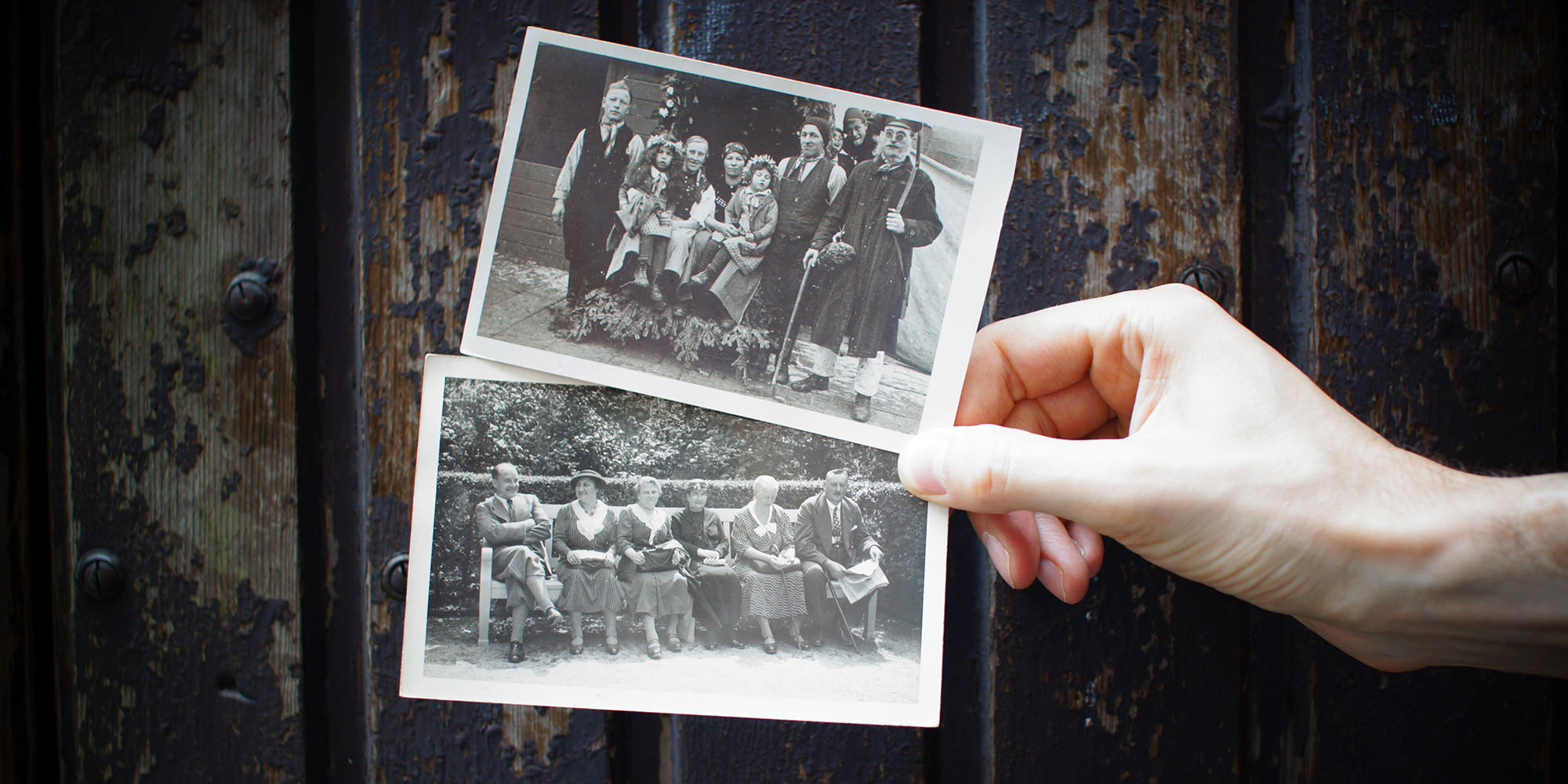The term ‘wealth’ refers to all the property we own as well as that we have inherited. It encompasses the notion of property that can be passed on, such as land, real estate or a business. But there is more to it than that. It also encompasses history, passion, values and standards of behaviour. So, can wealth really be quantified?
Wealth in the sense of ‘patrimony’: keeping it in the family
In French, the word ‘wealth’ is often translated as patrimoine, which is derived from the Latin patrimonium, literally meaning ‘from the father’. The term, whose English cognate is ‘patrimony’, first appeared in the 12th century to refer to family property. The trading (or ‘market’) value of this collection of private family property defined the ‘legacy’ that would be passed on from generation to generation. It was a strictly economic vision and explains why, from ancient times through to the 1950s, the family ‘patrimony’ so often led to economic interests and alliances. A good marriage was an arranged marriage between two families who were scrupulous about preserving their rank and fortune. While this traditional definition is deeply rooted in the private sphere, it still applies today, although the concept of patrimony – especially in contemporary French – has broadened over time.
From private to public
The very first list of historic monuments dates back to 29 BC when Philo of Byzantium inventoried the seven wonders of the ancient world. However, it was not until the Middle Ages, within the Church, that the idea was first mooted of safeguarding and preserving valuable objects outside the family sphere.

Wealth in the sense of ‘heritage’: preserving what we share
Heritage is a dynamic principle. In the 19th century, with the emergence of nationalism and the concept of the nation state, the term took on an increasingly broad meaning and applied to all shared assets that were to be protected by society because they were part of the nation’s identity.
The movement to protect and safeguard national heritage increased throughout the 20th century, culminating in UNESCO’s World Heritage List. The organisation defines ‘heritage’ as ‘our legacy from the past, what we live with today, and what we pass on to future generations’. In an address delivered at a UNESCO conference in 1998, lawyer and philosopher François Ost defined it as an ‘enigmatic legacy’ and ‘an unusual object with no directions for use’.
“What do the primeval beech forests of the Carpathians, rock art in the Ha’il region of Saudi Arabia, the Grand Place in Brussels, the Khidr Elias feast in northern Iraq, and Georgian polyphonic singing have in common?” asks Valérie Desprets in the Banque de Luxembourg Les Cahiers. “Nothing, or rather, everything. Everything that matters to us and is the legacy we'll pass on to future generations. They are all assets that belong to humanity as a whole and are recognised as being of outstanding value. They are inscribed on the World Heritage List along with more than 1,000 others around the world.”
Explore the topic of wealth - material, intangible and diverse - in the new edition of Les Cahiers
Banque de Luxembourg's Cahiers offer readers the chance to stand back and reflect on subjects of general interest revolving around a particular theme. The edition is dedicated to the many facets of wealth, a concept that is inextricably linked with the idea of legacy.
Wealth in the sense of ‘legacy’: the hidden values

Family sociologists have defined inheritance in the broadest sense of the term: material, certainly, but also emotional and symbolic, condensed from family traditions and received values (moral, ideological and cultural) as well as social and relational capital.
Material inheritance is imbued with a strong emotional dimension that is private in nature. Family history, life plans, shared values, education and special skills are only some of the aspects of the legacy parents pass on to their children. Legacies are protean, regardless of whether they need to be built up, preserved, or bear fruit. Tangible or intangible, there are many facets.
Wealth in the business sense: tangible and intangible assets
Managing and developing a business and planning for its succession are factors that help create and maintain this asset, which will eventually be bequeathed. In today’s post-industrial world, a company’s net book value is no longer sufficient to reflect its real value. Its capital is increasingly made up of intangible assets: governance, expertise, knowledge, corporate culture, reputation, social impact, and more. These are all important components of the company even though they do not appear as a balance sheet item.
However, the current legal definition of ‘asset’, whether individual, family or entrepreneurial, does take the intangible dimension into account. It refers to all the assets to which someone can claim title of ownership or a right and which can be sold (including name, reputation, brand, know-how, customer portfolio, etc.).
Broader horizons
In the past, a family or entrepreneur’s wealth was usually based in a single town, region or, more rarely, a country. Today, however, many families and entrepreneurs have interests across numerous countries. This leads to more complex situations, especially when it comes to succession, since each jurisdiction has a different set of rules. These cross-border situations underscore the importance of working with an expert who understands these multi-jurisdictional issues.
A holistic approach to wealth planning
At Banque de Luxembourg, we pay particular attention to the fact that wealth is more than a list of tangible assets or a simple sum of money. Behind that wealth is a person. And behind the measurable lies a hidden – but very real – intangible dimension, which gives it its full value. The long-term preservation and handover of private wealth or a business also means handing over – often to those who are the most dear to us – one’s values and the fruits of a labour that has spanned a lifetime, if not several generations.


